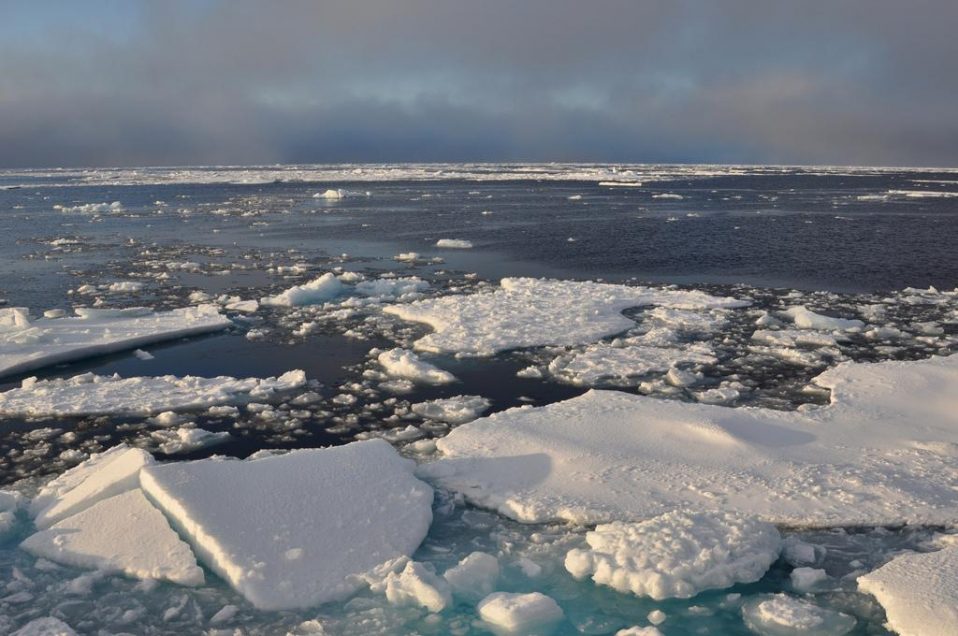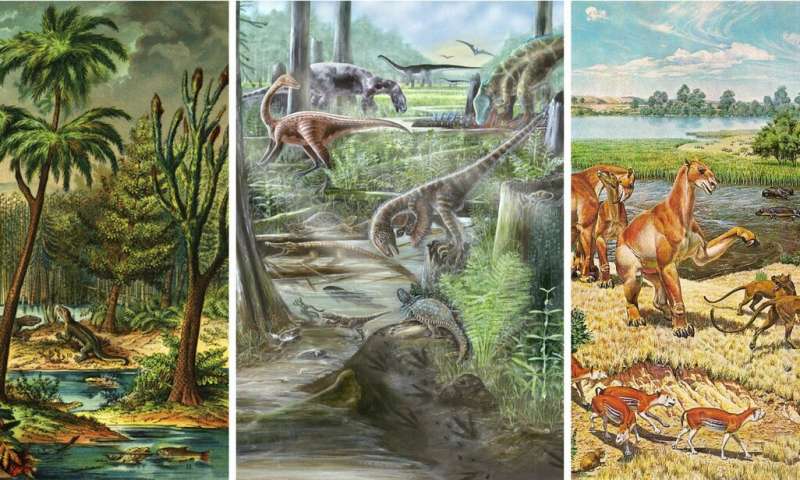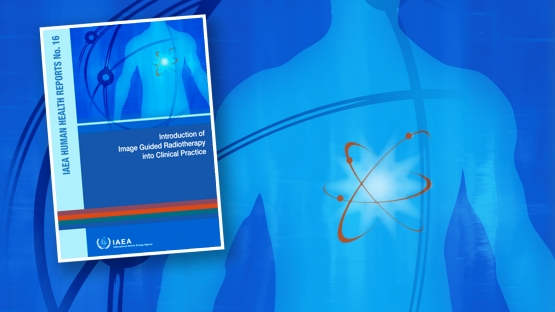Scientists at the University of Rutgers in the United States found that the increase in the temperature of the oceans, due to climate change, leads to a significant decline in the fisheries sector, which is exacerbated by excess seafood.
The Arctic Ocean can completely melt in 20 years
The main reason for the current melting of the Arctic Ocean is the human-induced global warming. Under the influence of heating the Pacific Ocean, the Arctic can completely melt in the summer much earlier than it was thought up to this day.
IAEA Ready to Undertake Verification and Monitoring in North Korea
The IAEA has continued to monitor activities around North Korea’s Yongbyon Nuclear Scientific Research Centre, but cannot confirm the nature and purpose of the activities because it does not have access on the ground, Director General Yukiya Amano told the IAEA’s Board of Governors today.
New Global Trade Route Could Shuttle Invasive Species
A new trade route under development by the Chinese government might facilitate invasions by alien species, transporting diverse animal, plant, fungal, and microbial stowaways that could threaten natural resources and global biodiversity, new evidence suggests.
Panama, with IAEA Support, Ensures Nuclear Security at World Youth Day
With Pope Francis and the presidents of Colombia, Costa Rica, El Salvador, Guatemala, Honduras, Panama and Portugal in attendance, the World Youth Day for Catholic youth, held at the end of January in Panama City, was a major event featuring five days of concerts, vigils, prayers, masses and more.
Protecting Patients in Dentistry
X-rays in dentistry are a common source of radiation exposure in medicine. Dentists need to protect patients from unnecessary radiation. Globally, 1.5 billion dental X-rays are performed every year.
Diversity on land is not higher today than in the past, study shows
The rich levels of biodiversity on land seen across the globe today are not a recent phenomenon: diversity on land has been similar for at least the last 60 million years, since soon after the extinction of the dinosaurs.
New IAEA Publication — Introduction of Image Guided Radiotherapy into Clinical Practice
A cutting edge medical imaging technique that provides for ‘in-room images’ during a patient’s cancer treatment process and which contributes to more accurate targeted radiotherapy treatment, helping to minimising radiation exposure to healthy tissues, is the focus of an IAEA publication issued last week.
Sierra Leone to Tackle Hidden Hunger with Better Crops Through Nuclear Technology
Malnutrition is not always visible to the naked eye. A child could look healthy but still suffer from massive nutrient deficiencies. It is called hidden hunger — a chronic deficiency in micronutrients — and affects a large part of Sierra Leone’s population.
Hot great white sharks could motor but prefer to swim slow
Yuuki Watanabe has always been fascinated by speed and power. As a child, he recalls being transfixed by the raw strength of great white sharks (Carcharadon carcharias). ‘They look cool’ says Watanabe, from the National Institute of Polar Research, Japan. However, he now has another reason for being in awe of these charismatic predatory sharks: ‘they are an endothermic fish’, he says. In other words, they maintain a warmer body temperature than the surrounding water—in contrast to most fish, which simply go with the thermal flow. This relatively warm-bodied lifestyle should allow them to swim at much higher speeds than their cold-blooded contemporaries. Yet, no one had successfully recorded the great white’s behaviour to find out how their relatively warm lifestyle influences their activity. Would their warm muscles allow them to live up to their high-speed reputation? It turns out that although the fish could swim fast, they opt for lower speeds when hunting for fat seal snacks and the team publish this discovery in Journal of Experimental Biology.











